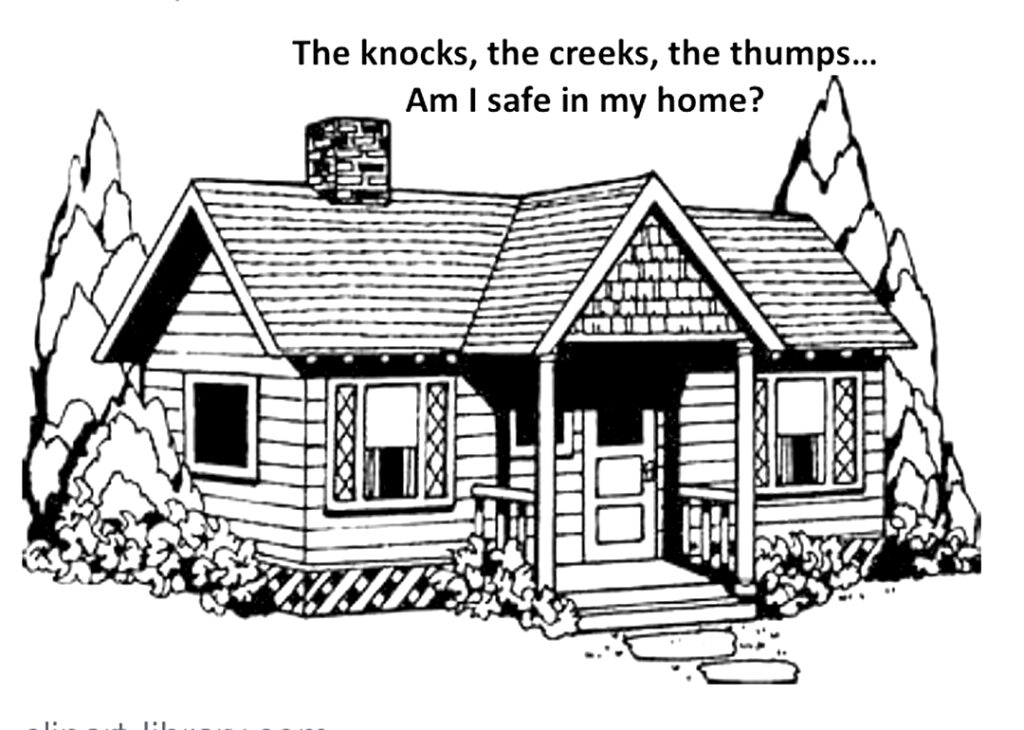The older shooter and how to cope, Part 1


“Is it too late to learn to shoot?”
One tiny 80-year-old woman has met Joe and me at the Wakulla County Sheriff’s Office range.
“It’s never too late,” I assured her, “but why do you want to shoot a handgun? Why now?”
“My husband passed 6 months ago. I’m alone in the big house surrounded by 25 acres where we raised two boys and a daughter. They all have families.
“At first, the house seemed empty and silent,” she says. “Silent except for sounds in the night. I know many bird calls and they don’t bother me. But it’s the knocks against windows, the creak of a floorboard, a thump outside…
“I don’t know why I never heard them before, but now I wonder. I wonder if someone is trying to get in a window. I wonder if someone is creeping up the steps. Is a person walking around outside, or is it an animal?
“Probably all these things are harmless,” she says, “but now I’m afraid to stay in my old house. When I talked to my children, they became upset at the thought of me selling the house and moving to a smaller place.
“There’s so much room here when we bring our children, and so much for them to do. So many memories for them to make in the same place where we grew up. Please don’t sell the house,’ they’ve begged me.
“So,” she says, “I’ve come to the conclusion that if I know I can take care of myself should someone try to break in and harm me, I think I’ll be able to let go of my fears and enjoy our home once more.”
This woman, and quite a few more in a similar situation, have come to the range to figure out what kind of gun will help them shoot accurately, easily, and best of all, give them the feeling of security they want. They want to learn how to become safe and how to keep their gun out of the reach of anyone coming to the house.
But it’s not just little old ladies who want to shoot. Many men and women have grown older, and are now facing changes in their lives that affects their shooting.
A small group from a local church have joined us at 10 a.m. Wednesday morning at the range. Except for holiday time, and happenings with the sheriff’s men and the range, Joe and I are there on Wednesdays to offer assistance.
“I have rotator cuff problems,” says one man. “My shoulders aren’t holding up as well as the rest of me. I can’t even draw my gun from its holster.”
“You think that’s bad,” says another. “You should try to aim using my bifocals! I have to arch backward to aim from the bottom of my lens. Makes me look like a newbie, and I’ve been shooting all my life.”
“I can hardly type with these fingers,” adds a woman. “Makes my job difficult, but I can’t imagine shooting. Can we find handguns that we can shoot despite our difficulties?”
“What do you think, Joe?” I ask him. “How many ideas can we come up with to make shooting at targets easier?”
Joe suggests watching a YouTube video by Massad Ayoob. He’s a mature police officer who has found some of these same difficulties.
“According to the Marines, ‘improvise, adapt and overcome,’” Ayoob says. He points out difficulties to manage including: trigger finger, eyes wearing bifocals, loss of strength, arthritis, loss of motion and the necessity of learning to carry a gun a different way.
According to the site Gun Tests: “The older you are, maladies such as arthritis, carpal-tunnel syndrome, and injuries can come home to roost, affecting how you handle a firearm. Repetitive movement may become difficult.”
What handgun would make your life easier, and how can you adapt your ways to enjoy shooting once more? How can we “improvise, adapt and overcome?”
Gun Tests offers a list of tips for shooters:
- Trigger action needs to be easier and smoother for seniors.
- The handgun should be physically easy to handle, so perhaps both the slide and the trigger need extra surface area to ensure this.
- Recoil should be minimized.
- Sighting options are important.
These are good thoughts to keep in mind, and we will add several more. This is going to be part 1 of a couple articles addressing concerns of those with age or physical difficulties to overcome.
First of all, the question Joe and I hear the most frequently is: “Does it have much recoil?”
Many of us have seen a YouTube video of a guy handing a pretty blonde woman a large caliber handgun. He gives her no instruction and he stands back to watch her. He finds it very amusing when the harsh recoil makes her hands fly in the air and the gun whack her in the forehead.
Mean, wasn’t it? Not funny at all. - A .380 or a 9mm gun would have been much more useful to her. Smaller caliber handguns are generally easier to manage and have less recoil, so I’d start with suggesting one of these two caliber guns. Recoil is the concern we hear the most.
- Weight and length are other factors. The weight of the gun can matter a lot – especially when you’re practicing shooting repetitively for an hour or more. If you’re carrying in your purse, weight is a factor there too. And, speaking of that purse, how long a barrel can it accommodate comfortably?
- Is it easy to rack the slide? You’d be surprised at how many guns seem to require the strength of Popeye to pull back that slide. Well, mature people aren’t out to prove their strength: they simply want to be able to manage the slide comfortably.
- Loading. If you’re loading a semi-automatic handgun, how many rounds can you load before your thumbs wear out? Now, Joe was taught to load using his thumbs. He’s never going to change his opinion that loading this way is the only way.
Forget that. Buy an UpLula or similar loader. It takes the stress off your hands.
“You can’t take an UpLula with you in the service!” Joe pronounces.
Well, we’re not in the service, and we just want to load comfortably. Spend that $30-$40 to make your life easier and to protect your hands. - Sights. I like two big white sights in the rear and one big white sight in the front. Why? Because they are easy to see. Those brightly colored fiber optic sights are great too. They focus available light and are so bright, you’d think they come with batteries. Good contrast between front and rear sights makes it a lot easier to learn to aim your gun and acquire muscle memory. Many, if not most new handguns have sights that can be swapped for ones that are easier to see.
Choosing the right caliber for you, selecting the gun with weight and length you can manage, finding a gun with a slide that’s easy to rack, getting an instrument to help you load your magazine, and choosing sights that are easy to see are major steps in finding the gun that suits you best.
The next article will cover other suggestions to make shooting life easier and more fun.
It’s never too late.
Marj Law is the former director of Keep Wakulla County Beautiful who has become an avid shooter in retirement.

